Yoga, renowned for its holistic benefits, is embraced by many for promoting physical and mental well-being. However, for individuals dealing with low back pain, certain yoga poses can be challenging. The good news is that with thoughtful modifications, yoga can still be a valuable practice for those managing lower back discomfort. In this comprehensive guide, we'll explore eight ways to modify yoga poses, making the practice more accessible and enjoyable while prioritizing the well-being of the lower back.
1. Begin with Gentle Warm-ups
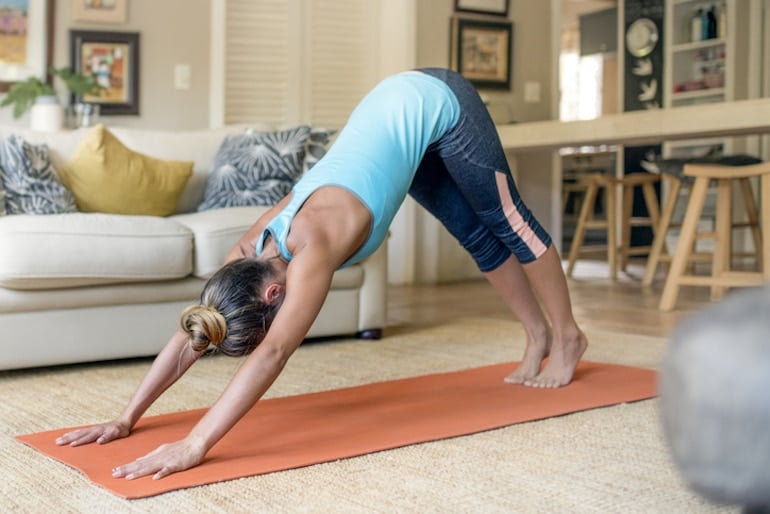
Initiating your yoga session with gentle warm-ups is crucial, especially if you're managing low back pain. Focus on movements that gently mobilize the spine, such as cat-cow stretches, gentle twists, and pelvic tilts. These warm-ups not only increase blood flow to the muscles but also enhance flexibility, preparing your body for a more extensive practice while minimizing strain on the lower back.
2. Utilize Props for Support
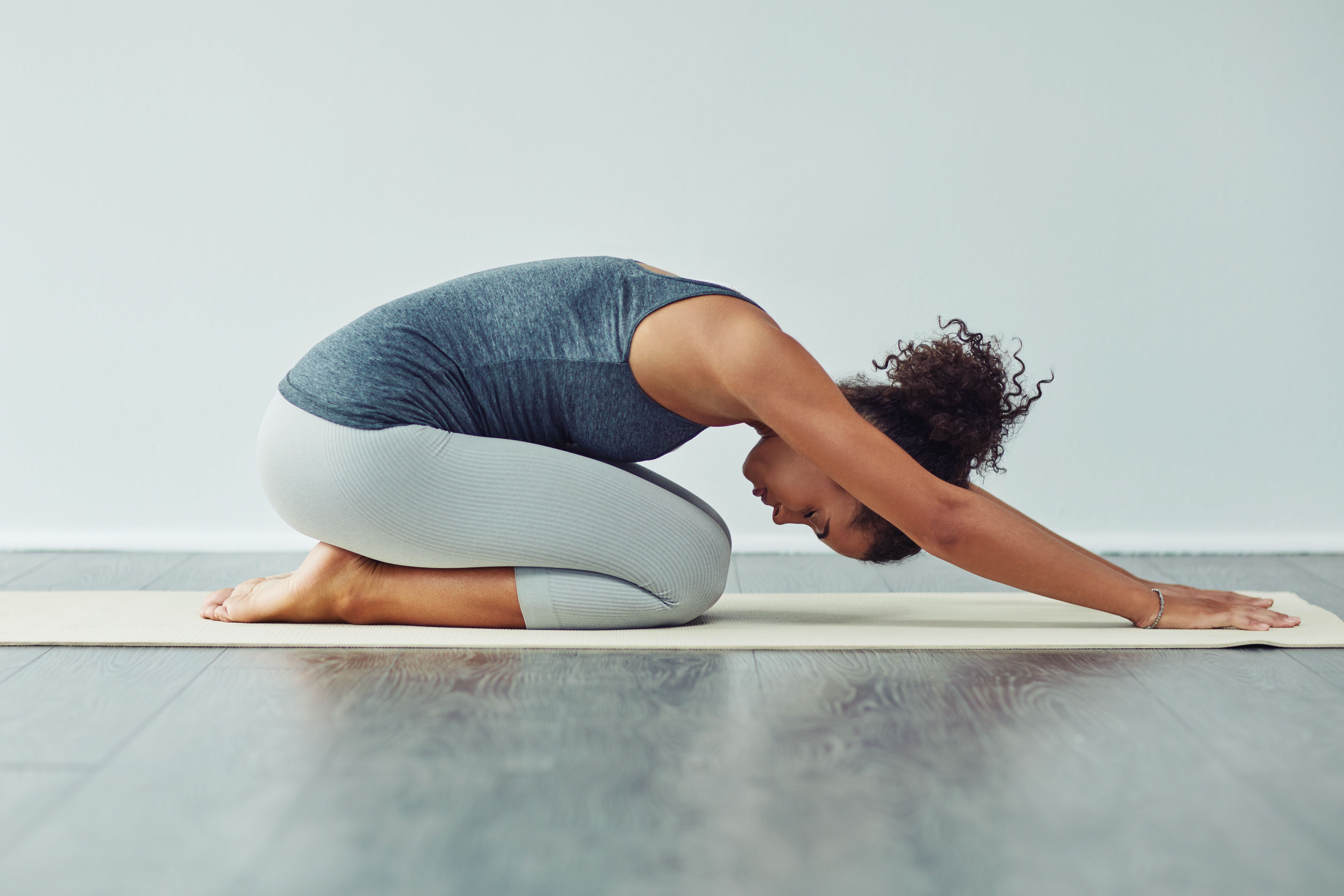
Yoga props are your allies when it comes to modifying poses for low back pain. Incorporate props such as blocks, blankets, or bolsters to provide additional support and enhance alignment. For instance, sitting on a folded blanket can help elevate the hips, reducing strain on the lower back during seated poses. Props play a crucial role in making your yoga practice more comfortable and enjoyable.
3. Mindful Forward Bends
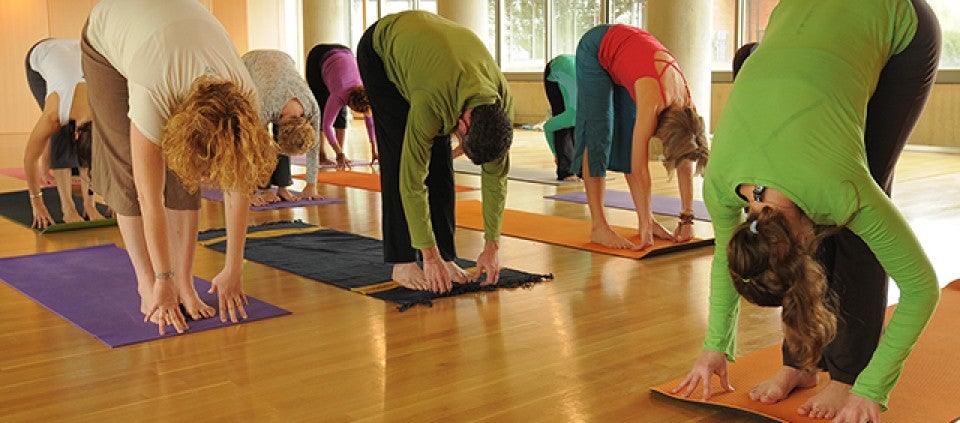
Forward bends can be challenging for individuals with low back pain, but with mindful modifications, they can become more accessible. Instead of striving to touch your toes in a seated forward bend, prioritize hinging at the hips while maintaining a flat back. This modification lessens stress on the lower back while still offering a beneficial stretch for the hamstrings and promoting flexibility.
4. Modify Downward-Facing Dog

Downward-Facing Dog is a staple in many yoga sequences, but it can be intense for those with low back pain. To modify, keep your knees bent, allowing the spine to lengthen without excessive strain. Focus on pressing through your hands and lifting your hips, finding a comfortable stretch without compromising the lower back. This modification ensures a gentler approach to this classic pose.
5. Choose Gentle Twists

Twisting poses can be beneficial for spinal mobility, but they should be approached with caution for those with low back pain. Opt for gentle twists that focus on the upper back, avoiding deep rotations of the lumbar spine. Use your breath to guide the twist, and if necessary, sit on a prop to elevate your hips. This modification makes twists more accessible and less straining for the lower back.
6. Engage the Core

A strong core is crucial for supporting the lower back. Incorporate poses that engage the core muscles, such as plank or boat pose. However, be mindful of your limitations and avoid overexertion. Gradually building strength in the core will provide better stability for the lower back, promoting overall spinal health.
7. Child’s Pose Variations
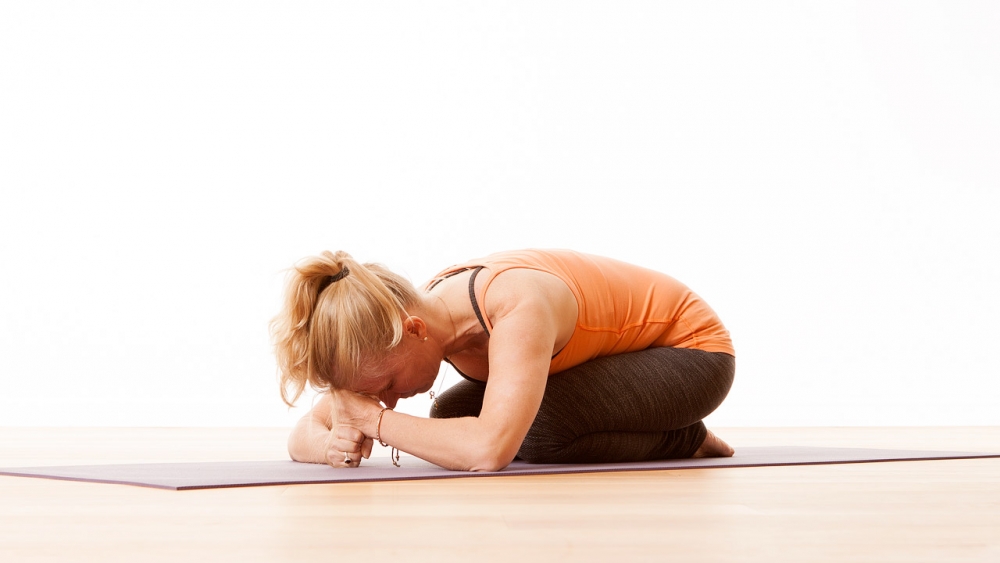
Child’s Pose is often considered a resting pose, but it may need modification for those with low back issues. Try widening your knees to create more space for your belly, reducing pressure on the lower back. Extend your arms forward, allowing your forehead to rest on the mat. This variation provides a gentle stretch for the lower back and hips without unnecessary strain.
8. Listen to Your Body
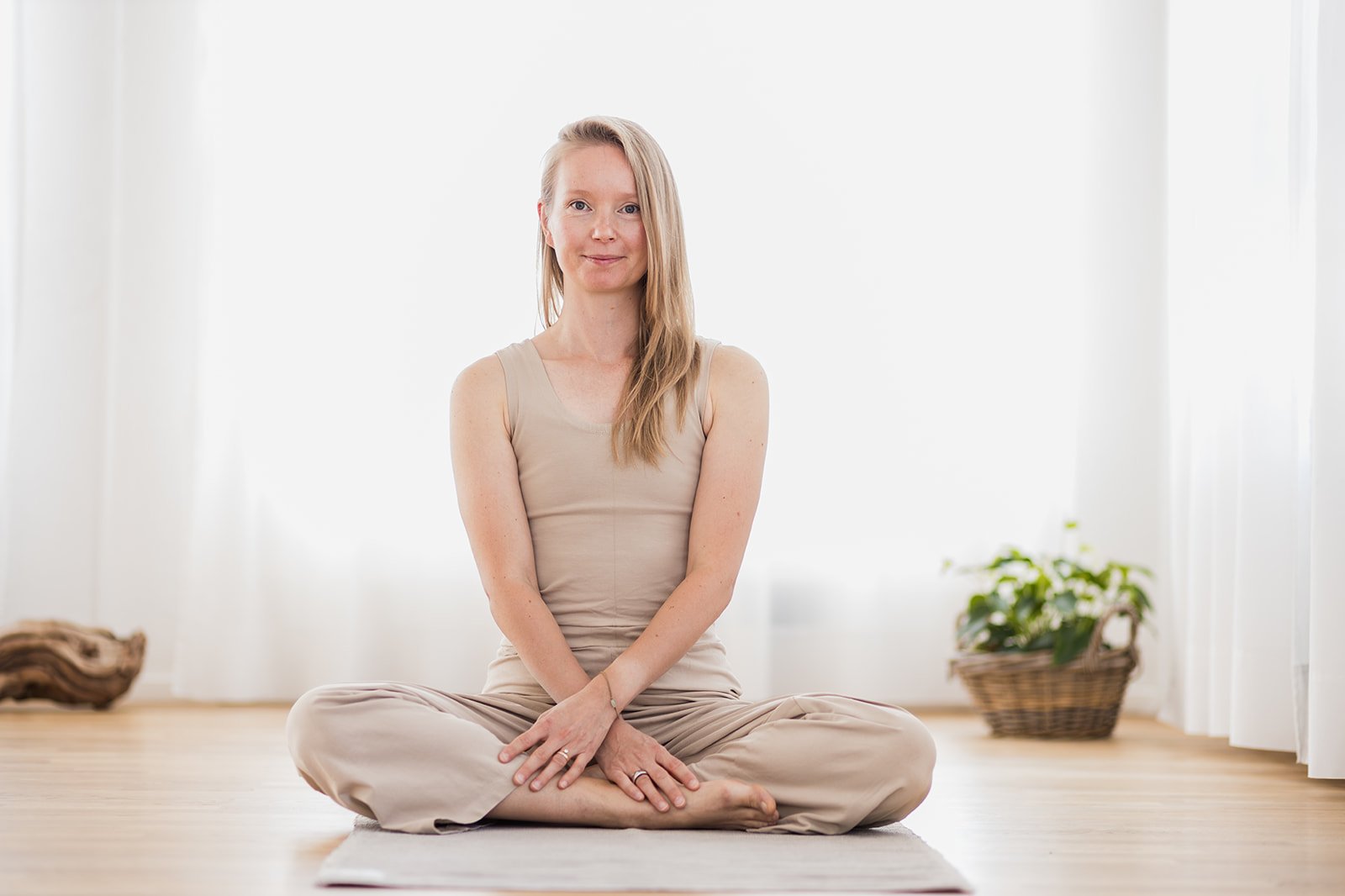
The most crucial modification in yoga for low back pain is to listen to your body. Pay close attention to how each pose feels and be willing to adapt or skip poses that cause discomfort. Yoga is a personal practice, and honoring your body's signals is essential. If a particular pose doesn't feel right, explore alternative variations or skip it altogether. Your practice should be a source of nourishment, not discomfort.
Conclusion
Yoga, with its myriad benefits, can still be a fulfilling practice for individuals managing low back pain. By incorporating these modifications, you can tailor your yoga practice to suit your needs, ensuring a safe and enjoyable experience. Remember that the essence of yoga lies in the journey, not the destination. It's about self-discovery, self-care, and embracing the present moment.
If you have specific concerns or conditions, it's advisable to consult with a healthcare professional or a certified yoga instructor. They can offer personalized guidance to ensure that your yoga practice aligns with your unique needs and promotes healing.
Embrace these mindful modifications, focus on your breath, and let your yoga practice become a source of support and rejuvenation for both your body and mind. With the right adaptations, yoga can be a transformative and empowering tool on your journey to managing low back pain.